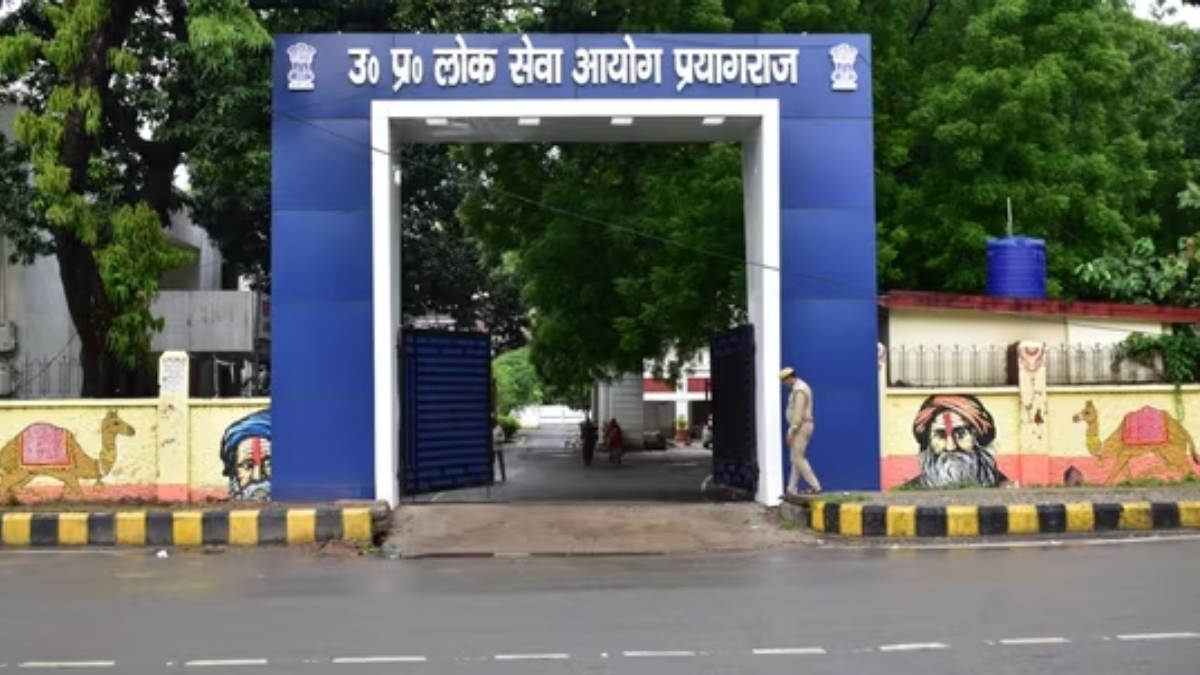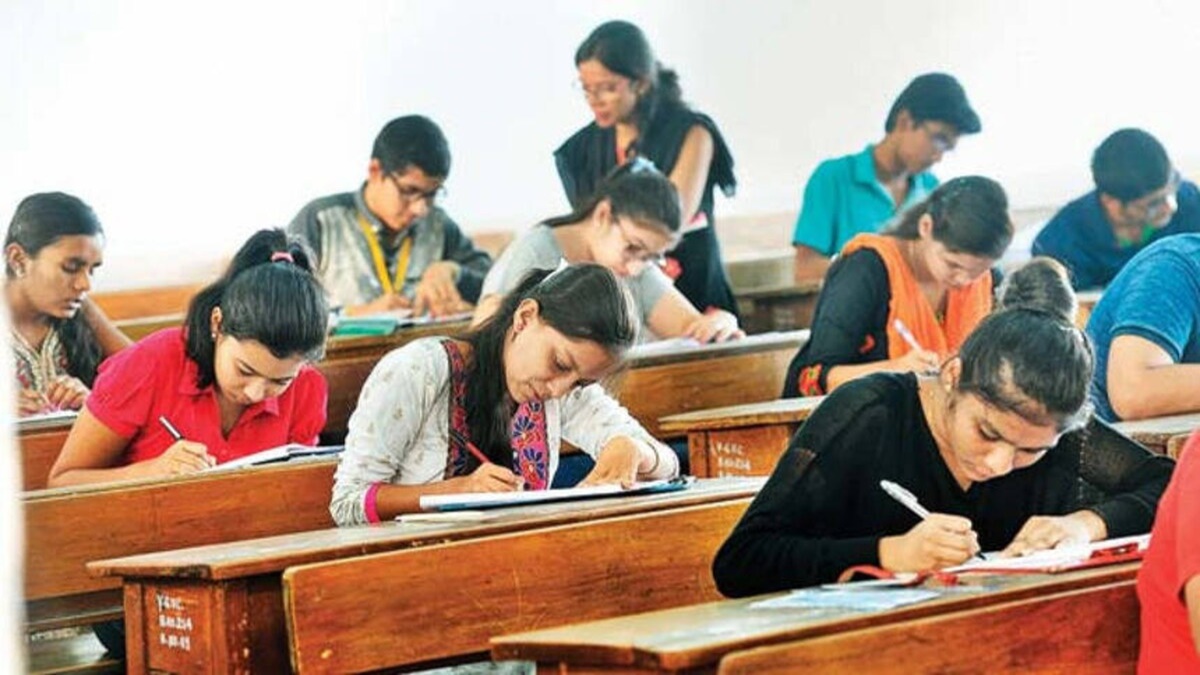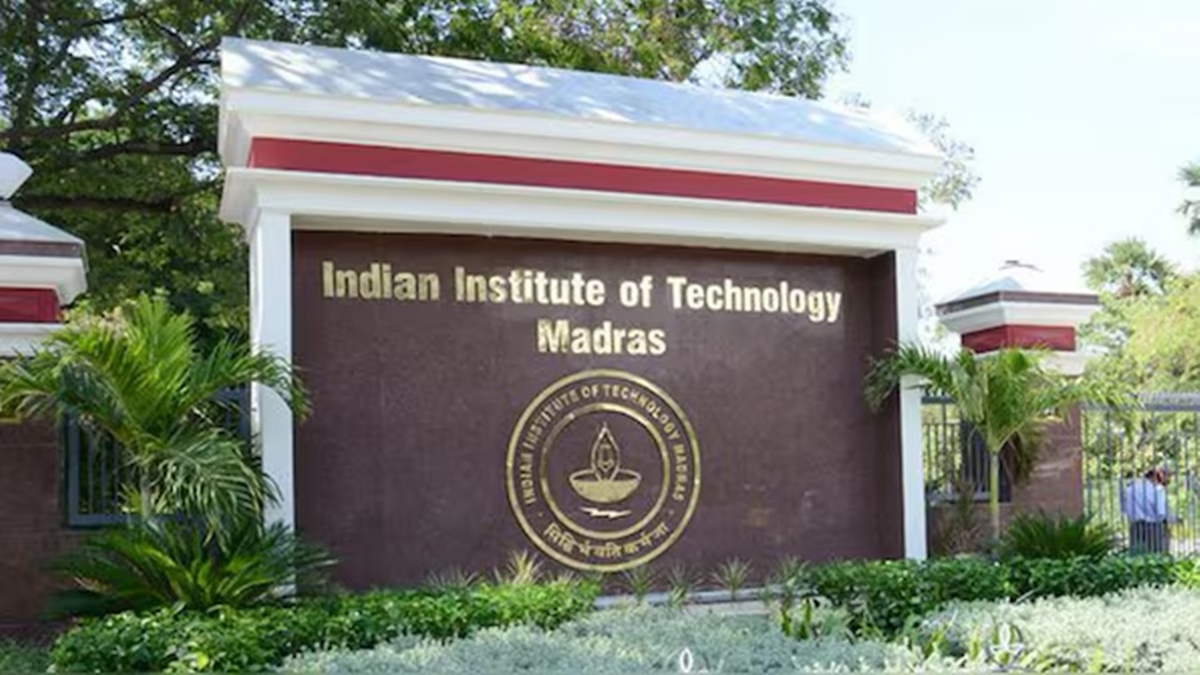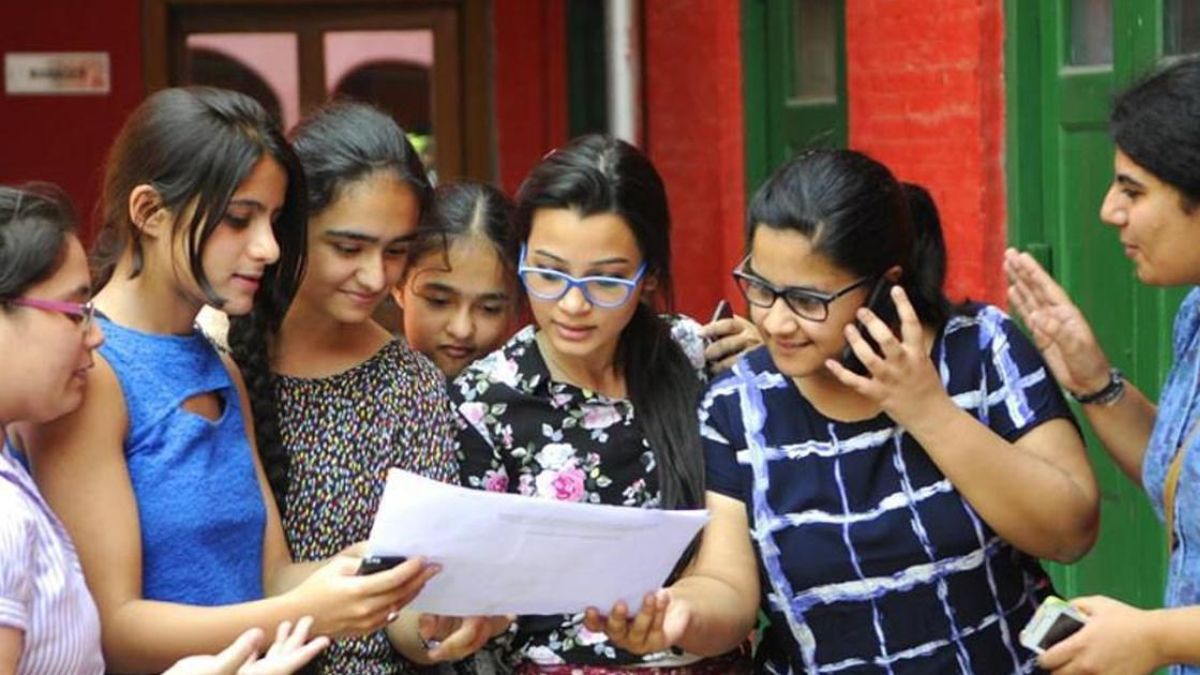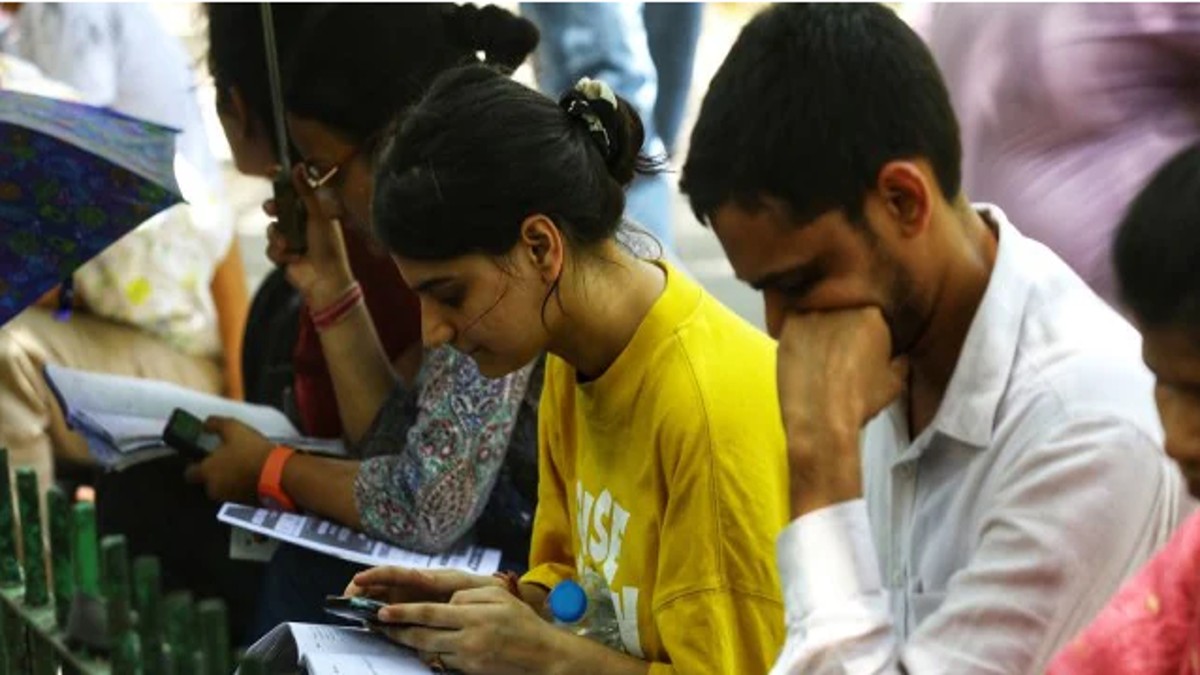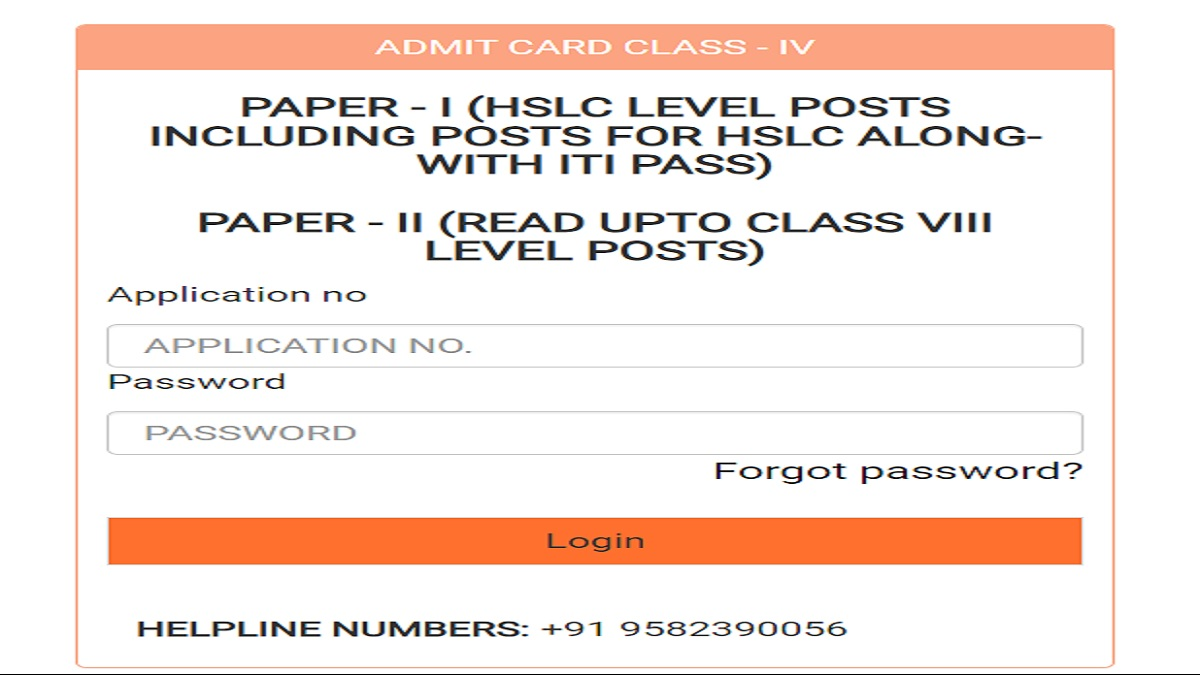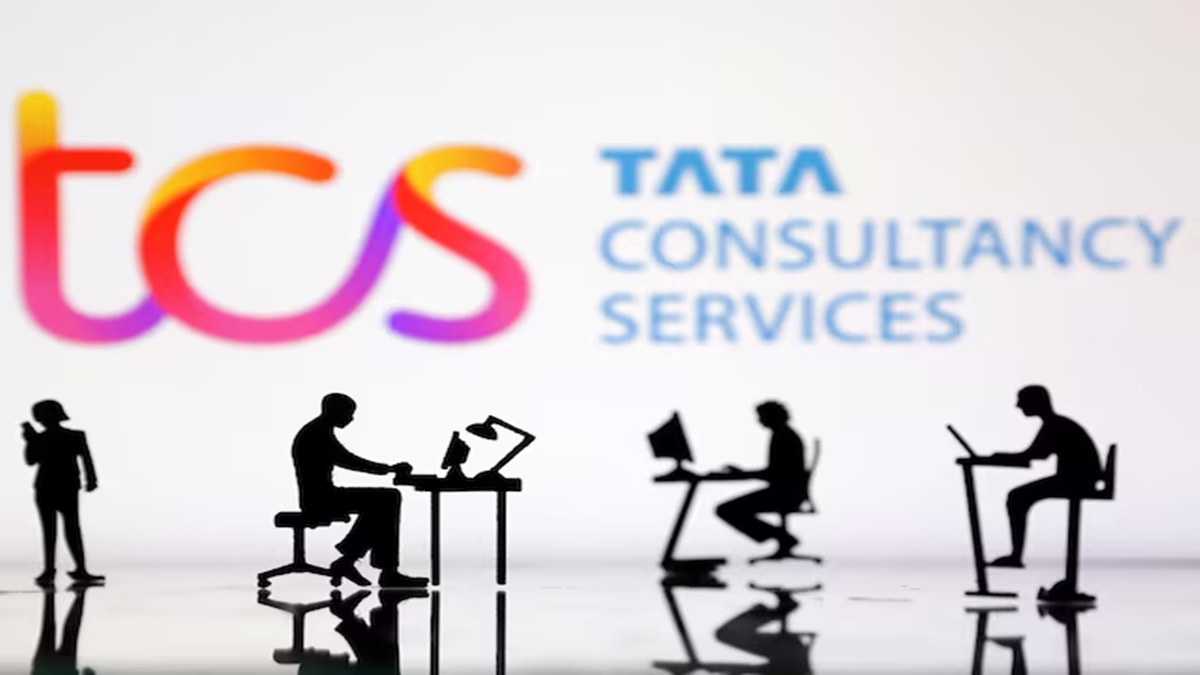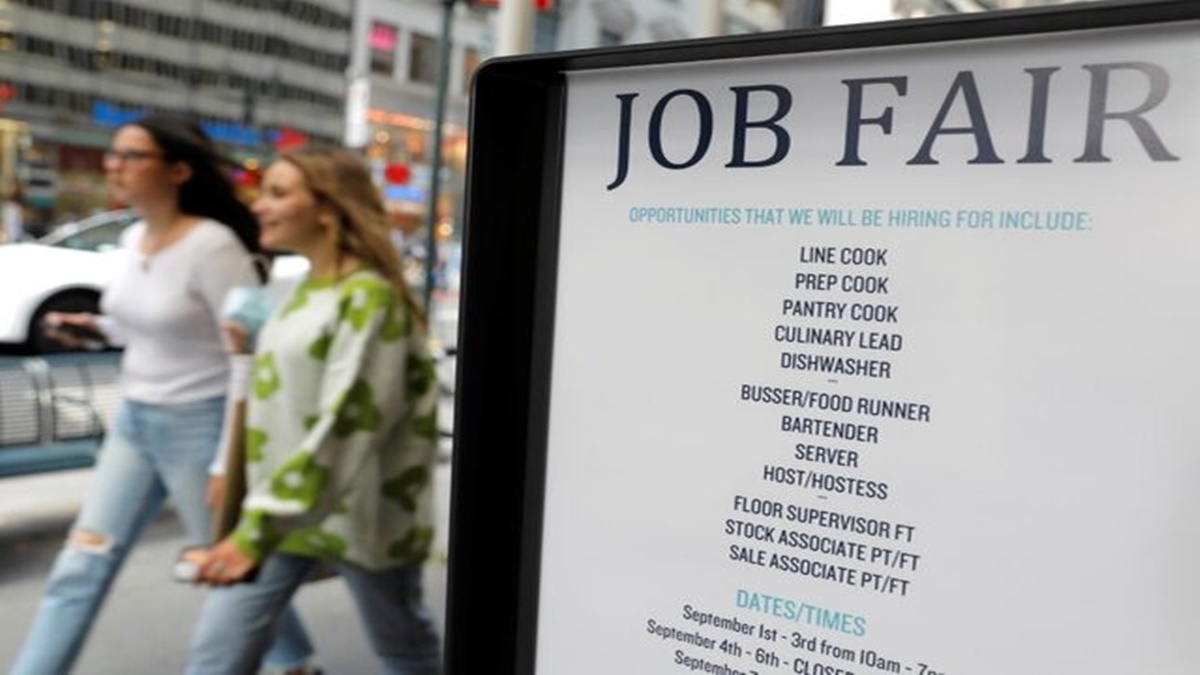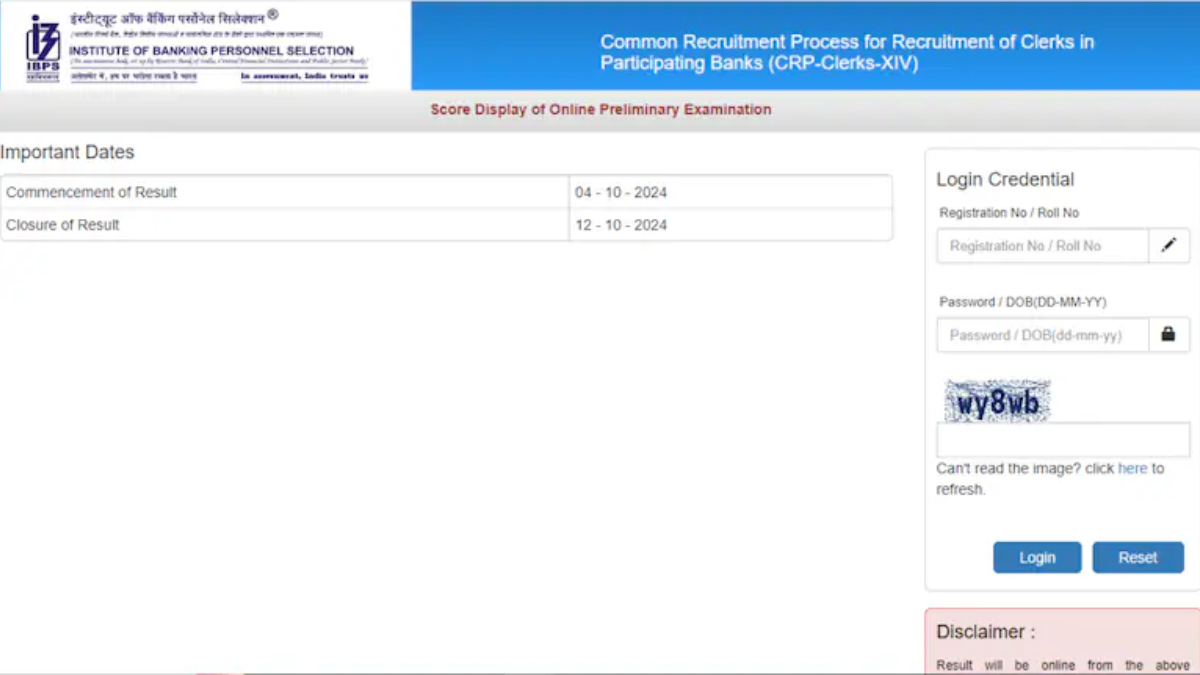The stage is finally set for the long-delayed roll-out of the four labour codes passed by Parliament in 2019 and 2020, with 25 out of the country’s 28 states and all eight union territories having finalised the draft rules under these laws. According to official sources, the remaining three states, including West Bengal, which had earlier raised several concerns over the codes, have agreed to frame the subordinate legislation, to give effect to the codes. The four labour codes are a judicious combination of reforms aimed at easing labour market rigidities, and reinforcing workers’ rights and welfare. As many as 44 labour related Acts were consolidated into the four codes with the objective of reinforcing trade and investment, facilitating ease of doing business and easing compliance. Several minor offences were decriminalised via the codes, while skill development and dispute resolution have been accorded due priority. Although the government has not yet announced any date for notifying the labour codes, it aims to do so by next year. “We’ve sensitized the states about the need for implementing the same set of labour rules across the country, and most of them are now on board,” an official told FE. Besides Bengal, Meghalaya and Nagaland are yet to frame their respective rules. “The regional meetings held in September-October with different states have been beneficial in taking the views of all stakeholders. The states are ready to implement their respective rules, within the framework of labour codes, to ensure uniformity and ease of compliance,” the official said. The four codes are: Code on Social Security 2020; Occupational Safety, Health and Working Conditions Code 2020; Industrial Relations Code 2020; and Code on Wages 2019. To be sure, labour laws fall under the concurrent list of the Constitution. Hence, both the Centre and states are empowered to make rules. But in the event of a conflict between state and central laws, central legislation generally takes precedence, unless the state’s law has obtained Presidential assent. The rules framed by the state governments are meant to cover areas which have not been fully legislated for by the labour codes and for which power has been given to the appropriate government under the codes for necessary elaboration. This includes rules relating to weekly working hour limits, overtime provisions, process for verification of members of a trade union etc. But due to local requirements and dynamics, experts say that it’s only natural that there would be some variance in the rules of different states. Consider for instance, the Central rules mandate 8 hours of work per day, including a maximum limit of 5 hours of continuous work, and one or more intervals of rest period (maximum limit – one hour). But some states such as Haryana, Karnataka, and Maharshtra have slightly different rules in this regard. Rules in Maharashtra say that no employee should work more than 48 hours per week, and intervals during work hours shouldn’t exceed 30 minutes, every day. Also, with respect to revision of dearness allowance , while both the Central and the state rules of most of the states provide for revision of DA twice in a year, Andhra Pradesh says that it will be revised only once and Uttar Pradesh has no corresponding rule. Rahul Sundaram, partner, IndiaLaw LLP said:“West Bengal has not established any rules, while Tamil Nadu and Delhi are deficient in rules for one or more codes.” Some experts, regardless, say that prima facie they don’t see any material deviations in the state rules from the labour codes. “In fact, from a constitutionality standpoint, the rule-making process is an act of delegated legislation, and the appropriate government cannot supersede the provisions of the principal statute,” said Anshul Prakash, partner at Khaitan & Co. Jidesh Kumar, managing partner, King Stubb & Kasiva said that certain states have implemented rules that diverge from the Centre’s labour codes, potentially giving rise to legal and administrative complexities. “These inconsistencies may also lead to legal disputes or uncertainty until alignment is achieved through either state harmonisation with central codes or judicial clarification,” he said. None
Popular Tags:
Share This Post:
PM Internship Scheme portal sees 594,000 registrations in 5 days
- by Sarkai Info
- October 17, 2024

GCCs to increase fresher hiring by 40 per cent, IT services by 25 per cent: TeamLease report
October 17, 2024
What’s New
Spotlight
IIT Madras invites applications for executive MBA program
- by Sarkai Info
- October 16, 2024
Today’s Hot
-
- October 16, 2024
-
- October 16, 2024
-
- October 15, 2024
Featured News
TCS headcount rises, attrition too increases slightly
- By Sarkai Info
- October 11, 2024
Latest From This Week
ETS TOEFL launches UK-India Scholarship worth Rs 25 lakh for Indian students- Details inside
JOBS-CAREER
- by Sarkai Info
- October 9, 2024
‘Make classroom a discussion forum, not a lecture hall’: Scott Beardsley, University of Virginia
JOBS-CAREER
- by Sarkai Info
- October 7, 2024
Deakin begins classes in India: Foreign university, Indian soil
JOBS-CAREER
- by Sarkai Info
- October 7, 2024
Subscribe To Our Newsletter
No spam, notifications only about new products, updates.

